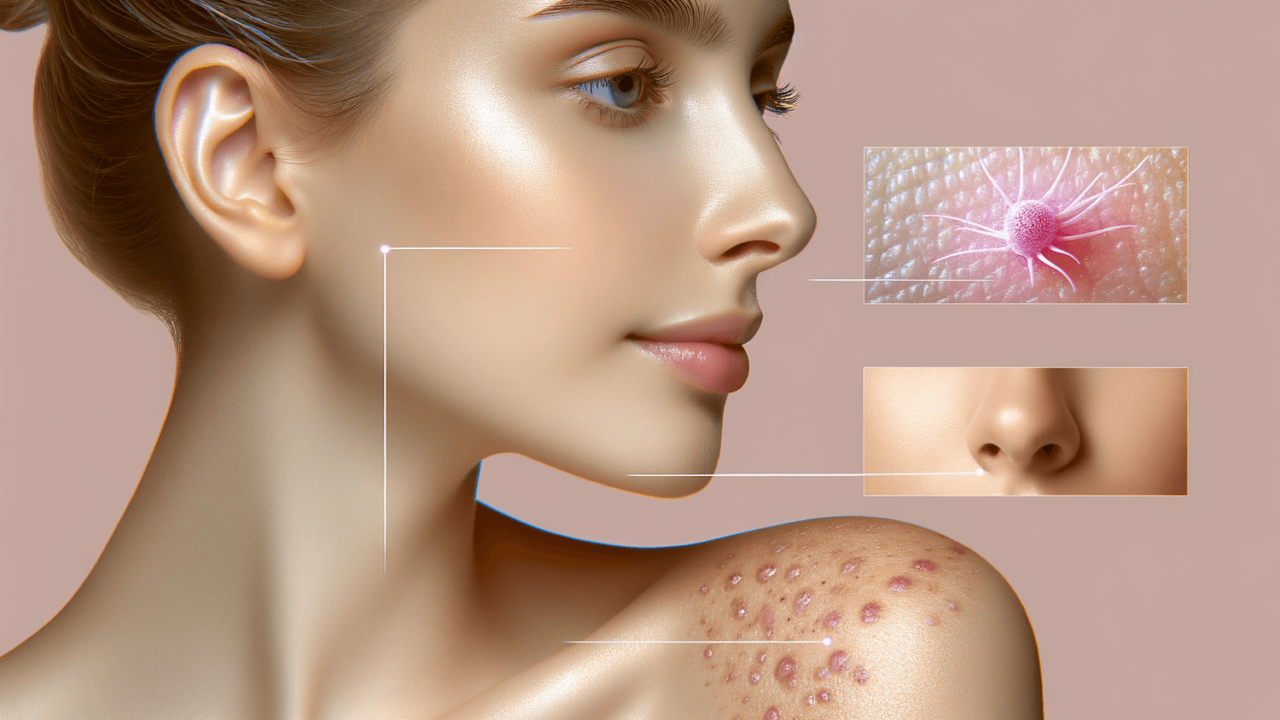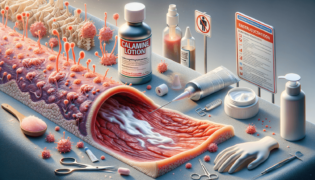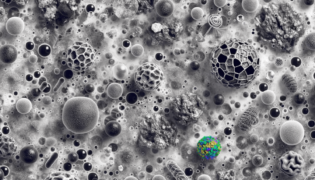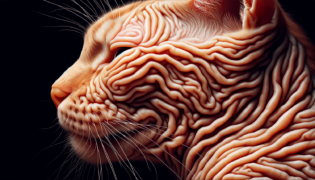No, milia are not skin tags. Milia are small, white cysts filled with keratin, while skin tags are soft, flesh-colored growths that hang from the skin.
Understanding Skin Tags and Milia
Skin tags and milia are both benign skin growths, often mistaken for each other. Skin tags are usually flesh-colored, and hang from the skin. They are caused by friction and commonly occur in areas like the neck, underarms, and eyelids. Milia, on the other hand, appear as small, hard, white bumps on the skin, caused by trapped keratin under the skin’s surface.
Effective Skin Tags Remover Methods
Skincare Logix, a blog about skincare, offers advice on various skin tags remover techniques:
- Over-the-counter treatments containing salicylic acid or tea tree oil can help gradually remove skin tags.
- Cryotherapy, a procedure done by a professional, involves freezing the skin tag with liquid nitrogen.
- Cauterization is another professional method, in which the skin tag is burned off using an electric current.
- For a more natural route, apple cider vinegar or tea tree oil applied on the skin tag over time can offer results.
Milia Removal Solutions
Milia removal can be done through different methods, as suggested by Skincare Logix:
- Topical retinoid creams can help increase skin cell turnover, which can eventually eliminate milia.
- Exfoliation using a gentle scrub or an alpha hydroxy acid (AHA) product helps remove dead skin cells and reduce milia appearance.
- For stubborn milia, a dermatologist can perform a professional extraction or microdermabrasion treatment.
Are Milia Skin Tags?
When it comes to small, unwanted skin growths, it is not uncommon for people to mix up terms – sometimes confusing milia with skin tags. However, these two growths are distinct in their appearance, causes, and treatment methods.
Understanding Skin Tags and Milia
Skin tags and milia are both benign skin growths, often mistaken for each other. Skin tags are usually flesh-colored, and hang from the skin. They are caused by friction and commonly occur in areas like the neck, underarms, and eyelids. Milia, on the other hand, appear as small, hard, white bumps on the skin, caused by trapped keratin under the skin’s surface.
Effective Skin Tags Remover Methods
Skincare Logix, a blog about skincare, offers advice on various skin tags remover techniques:
- Over-the-counter treatments containing salicylic acid or tea tree oil can help gradually remove skin tags.
- Cryotherapy, a procedure done by a professional, involves freezing the skin tag with liquid nitrogen.
- Cauterization is another professional method, in which the skin tag is burned off using an electric current.
- For a more natural route, apple cider vinegar or tea tree oil applied on the skin tag over time can offer results.
Milia Removal Solutions
Milia removal can be done through different methods, as suggested by Skincare Logix:
- Topical retinoid creams can help increase skin cell turnover, which can eventually eliminate milia.
- Exfoliation using a gentle scrub or an alpha hydroxy acid (AHA) product helps remove dead skin cells and reduce milia appearance.
- For stubborn milia, a dermatologist can perform a professional extraction or microdermabrasion treatment.
Preventing Skin Tags and Milia
Putting preventative measures into practice can minimize the chance of developing skin tags or milia. For skin tag prevention, reducing friction
FAQs About Milia and Skin Tags
We understand that you might have more questions related to milia and skin tags. Allow us to address some of the most common questions our readers frequently ask, ensuring better clarity and understanding.
Are skin tags and milia dangerous?
No, both skin tags and milia are benign skin growths. They do not pose a threat to your health, but some people might opt for removal due to cosmetic reasons or discomfort in the case of skin tags.
How can I differentiate between milia and skin tags?
Milia are small, hard, white bumps on the skin caused by trapped keratin, while skin tags are soft, flesh-colored growths that hang from the skin, typically resulting from friction in areas prone to rubbing.
Can I remove skin tags or milia at home?
You may choose to use over-the-counter treatments or natural remedies for skin tag removal, such as tea tree oil or apple cider vinegar. On the other hand, milia removal usually requires topical retinoid creams or gentle exfoliation. However, it’s wise to consult a medical professional to ensure safe and effective removal methods.
Should I consult a dermatologist for milia or skin tag removal?
Although some removal methods can be done at home, it is always recommended to consult a dermatologist for optimal results. They can provide appropriate guidance, ensure the safety and effectiveness of removal procedures, and minimize the risk of complications or infections.
Are skin tags and milia hereditary?
There is no concrete evidence to suggest that skin tags or milia are inherited. However, certain factors like age, hormones, and skin type can contribute, and these factors might have a hereditary component.




















